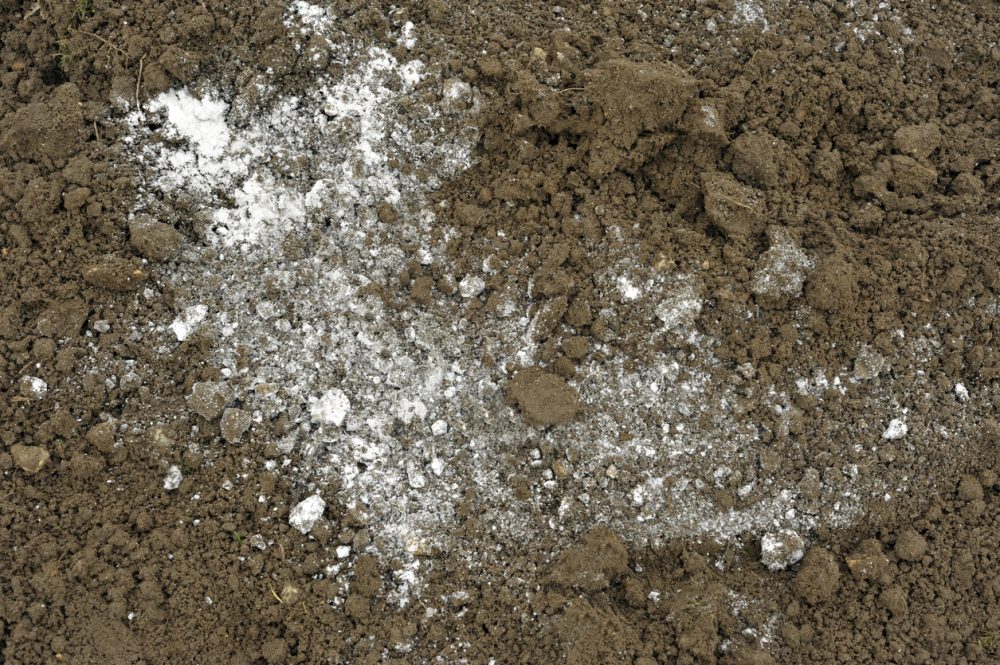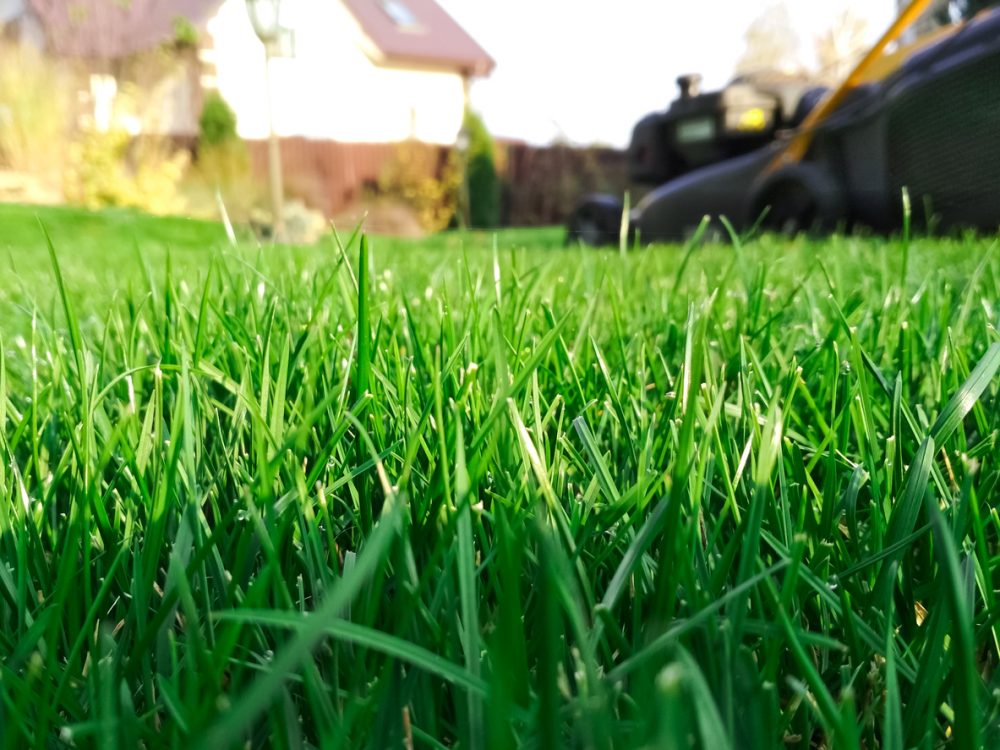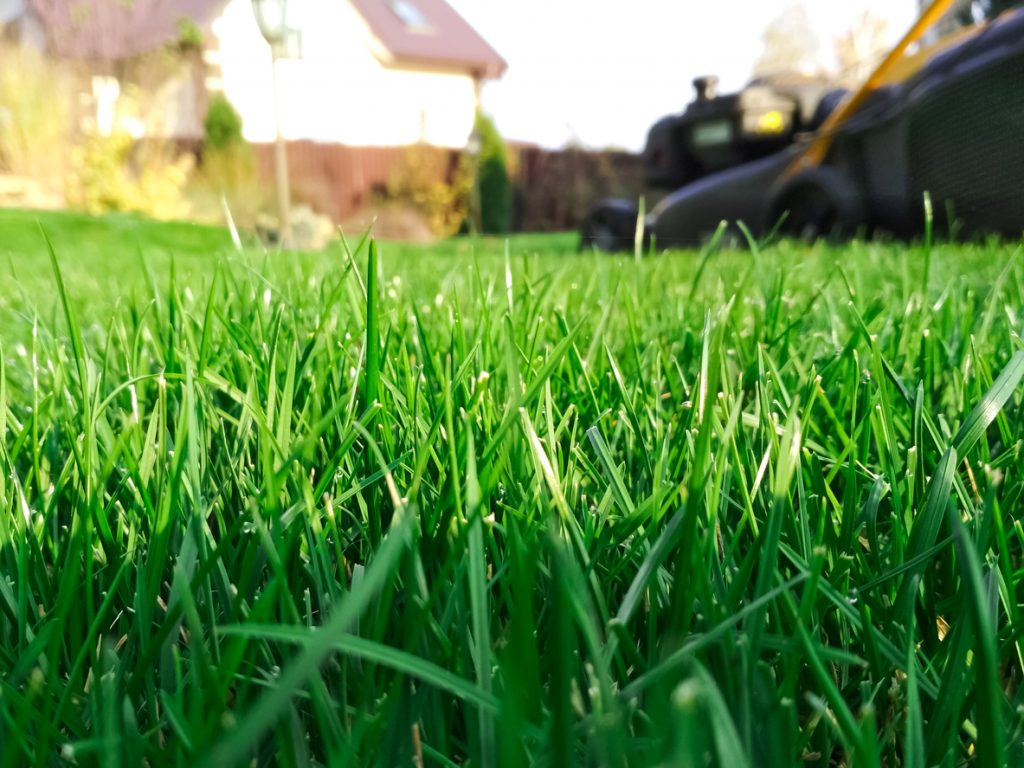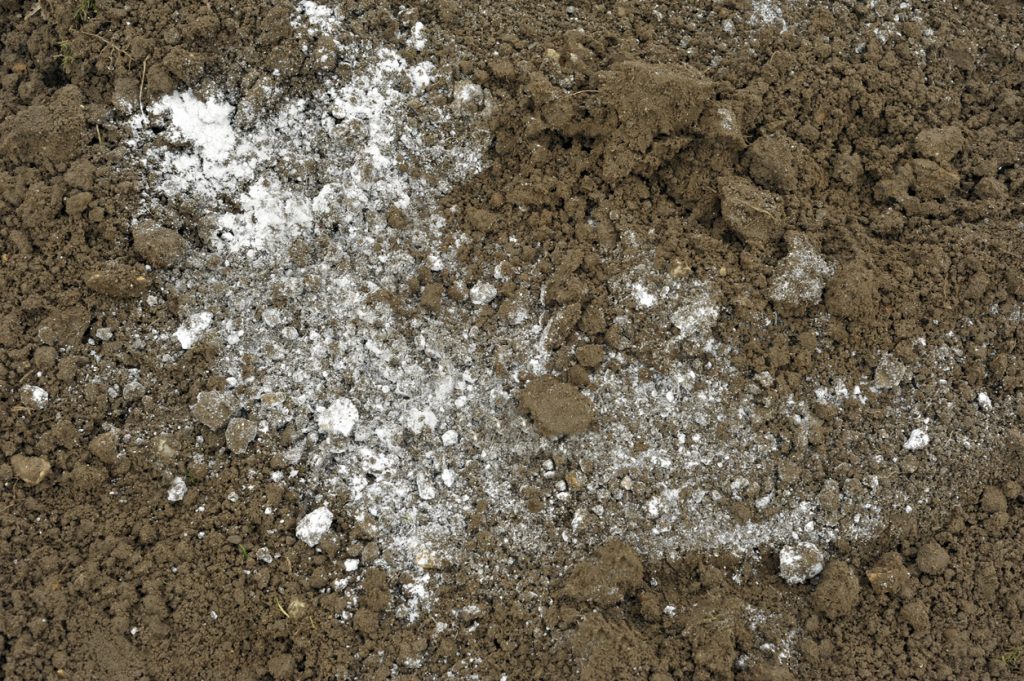Lime Your Lawn – When And How To Lime Your Lawn
There comes a time when you wonder whether you really need to lime your lawn or not. Sometimes, when the soil in your lawn is near perfect, and you don’t get a lot of rainfall annually, you might get away without adding lime at all.
But as we all know, lawn maintenance is a demanding task. Even when you mow it, fertilize it, and water it regularly, the grass in your lawn might show signs of stress. It’s not you. It’s the soil structure itself that has changed. The pH levels in the soil change all the time due to external factors, and the turfgrass in your lawn struggles as a result.
So when is liming your lawn such a good idea? How much lime do you need? And should you add the lime whether your soil needs it or not? Read on to find the answers to all of these questions.
What is Lime?
Lime is a mineral that has been used as a building material for thousands of years. But its value as a soil amendment agent, especially in gardens and lawns, is a recent discovery. What makes lime such a valuable part of your lawn care and maintenance is the amount of calcium and magnesium it contains.
In geology, limestone is any mineral that contains more than 80 percent magnesium or calcium carbonates. Lime is the powder form of limestone rock. And while it’s usually extracted from mines, limestone is also found in seashells and coral.
And it’s this high concentration of calcium or magnesium that you want to use to reduce the acidity of your soil and inject the soil with a high dose of much-needed nutrients. However, at no time should you use lime as a substitute for good old organic fertilizers. It might have calcium, but it still lacks nitrogen which is essential for the growth of your turfgrass.
Benefits of Liming your Lawn
Of course, liming your lawn is more than just improving the quality of the soil. There are other benefits to this inorganic mineral that your grass will appreciate in moderate doses. Here are some of these benefits.
- Increase pH levels: As the pH levels drop in your lawn, that’s a sign that the soil is getting more acidic or sour for the best interests of the grass. Mixing more lime into the lawn in the right amounts can stop this drop in pH levels and bring the soil structure back to neutral levels.
- Add nutrients: No matter how hardy the grass in your lawn is, it will still benefit from a good shot of calcium and magnesium in the soil. You often have to add these plant food supplements to the lawn when the grass loses its lush green color or shows signs of stress as a result of drought or high temperatures.
- Nourish good bacteria: Even if lime doesn’t have all the essential nutrients to improve the growth of the grass, the good bacteria in your soil needs it. Add lime in the fall in combination with compost to encourage the growth of the good bacteria that break down the organic materials in the soil.
- Counter rainfall impact: It’s a well-known fact that the soil on the East coast is often more acidic than in the rest of the country. This has to do with the constant rainfall that washes away the alkaline materials in the soil. So adding lime will replenish those essential minerals and make the soil more arable.
Signs you Need to Lime your Lawn
So how do you know that your lawn needs lime? Whether you get a lot of rainfall or not, the soil tends to lose all those precious alkaline elements over time. This means that the soil will turn sour, which is the last thing that your grass needs. So aside from testing the pH levels in the soil, which we will get to shortly, how can you tell that you should add lime in your lawn?
- You notice weeds spreading across your lawn.
- Moss is covering large portions of the surface of the lawn.
- The soil in your lawn is predominantly clayish or sandy.
- The grass looks yellow and withers away even though you have just fertilized it.
- You have had a lot of acidic rain lately.
- After a long drought, the grass still hasn’t recovered, even though you’re watering it regularly now.
All of these factors often lead to more acidic soil. Sandy and clay soil is often more acidic than loamy soil with considerable amounts of silt in it. As for drought, it often increases the acidity of the soil, which makes it harder for the turfgrass to recover. You also need to keep in mind that acidic soil prevents the roots of the grass from absorbing nutrients, including fertilizers. This is why adding fertilizers doesn’t seem to work sometimes.
Types of Lime to Use
Now that we know the importance of lime in amending the soil, which lime works best in your lawn? Can you grind some chalk and sprinkle it around willy nilly? Not really. You need to use either one of the following two lime types.
-
- Calcitic Lime: As the name implies, this type of lime is rich in calcium carbonate. It comes in many forms, though. You could add the pulverized lime, the pelleted lime, or the agricultural ground lime to your lawn. They all work well in enriching the soil and reducing the acidity levels. However, we recommend you use the pelleted lime since it comes in a granular form which is easy to mix in the soil. Both the ground and pulverized products are too dusty and are considered a health hazard.
- Dolomitic Lime: This type of limestone has equal amounts of calcium and magnesium. It is less popular than calcitic lime and doesn’t have the same wide applications in gardening. However, if you can’t get your hands on calcitic lime, you can use dolomitic lime instead. It still has the same benefits of improving the pH levels and reducing acidity in the soil.
Simple Soil pH Test
In order to know how much lime you need and whether you need it at all in your lawn, you should test the pH levels in the soil. If the pH is under 6.2, that’s a good indication that the soil is turning acidic, and you need to amend it with lime.
There are two ways you can get a good reading of the pH levels in the soil. The first is to take a soil sample and send it to a lab. Most of these tests are done for free, but they might take time to get the results back. So instead, you can test the pH levels yourself.
You will need a half cup of baking soda, a half cup of vinegar, 2 plastic cups, water, and a measuring cup. When you’re ready, follow these easy steps.
- Fill one of the two plastic cups with soil from the lawn. Make sure the soil doesn’t have debris or roots of plants in it.
- Divide the amount of soil between the two cups equally.
- Mark the cups as Cup 1 and Cupe 2.
- Add the half cup of vinegar to Cup 1 and watch what happens.
- Mix two tablespoons of water into the soil in the second cup and stir it to turn it into the mud.
- Add the half cup of baking soda to the mud and watch the response.
If the soil in Cup 1 sizzles with vinegar, then the soil is a little acidic. You have no reason to worry about it since the acidity is too little to impact the grass in the lawn.
If the soil in Cup 2 sizzles when mixed with baking soda, then the acidity of the soil is too high. You should add lime to the lawn to reduce that acidity and increase the pH levels.
If the soil doesn’t react to either the vinegar or the baking soda, then you have neutral soil. There’s no need to add lime.
How to Lime your Lawn
As with every material you introduce into the soil of your lawn, lime should be added with caution, at the right time and in the right doses. Here’s how to apply lime to your lawn in easy steps.
- The best time to lime your lawn is in the fall. However, if you need to apply more than 100 pounds of lime per 1,000 square feet, then apply half in the spring and the other half in the fall.
- You should wait until the soil is dry before you add lime.
- Use a core aerator (but never spiked shoes) to aerate the soil well in advance. This makes it easier for the grains of lime to move into the soil.
- Divide the amount of lime you will use (depending on the pH levels we tested in the previous section) into two halves.
- Fill a spreader with one-half of the lime and start spreading it evenly, going from north to south.
- When done, fill the spreader with the other half and spread it moving from east to west. That will give you an even coverage of the whole lawn.
- Add organic compost either before or after applying the lime.
- Water the lawn to allow the soil to absorb the lime and feed the good bacteria in the organic compost.
Tips to Lime your Lawn
Sometimes even the best plans go awry because you forgot a little detail or something happens that is out of your hands. So these tips will help you minimize the risk involved with liming your lawn.
- On average, your lawn needs about 40 pounds of lime per 1,000 square feet.
- Your pH level goals should be between 6.5 and 7.0. The grass in your lawn thrives in these levels.
- Wait for a year after applying the lime and retest the soil. If the pH levels are still below 6.2, apply lime again.
- Increase aeration around right angles in your lawn to improve the quality of the grass.
- Spiked shoes tend to compact the soil rather than aerate it. Always use a core aerator.
- Don’t apply fertilizers until the pH levels have risen above 6.2. Otherwise, the grass will not absorb the nutrients in the soil.



